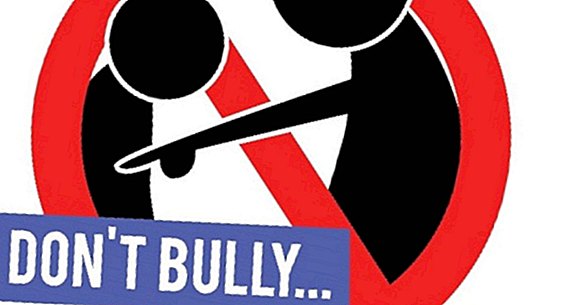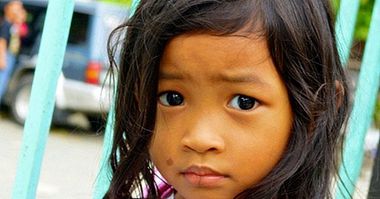Bullying: analyzing bullying through mimetic theory
Bullying and mimetic theory
There has always been bullying, even before it was called as such, however research has increased in recent decades due to the need derived from the transitions through which has crossed the social and educational field. It is evident that it is no longer enough to reflect on the observations and the results of these investigations, it is now necessary to delve into the psychological theories that they give back to these and that they frame a better understanding of the reality, today so complex, orienting towards pertinent actions that give foot to a reformulation of the social paradigms.
Definition of bullying
To better analyze this phenomenon, it is necessary to define it well.
The human being is aggressive by nature and is often violent by social learning , although its behavioral expression varies according to cultures and times, to constitute a violent, manifest and / or masked relational climate, which has become a very understood social phenomenon (Gómez: 2006).
However, What do we mean by bullying or school bullying? The Anglo-Saxon denomination bullying it is commonly used to refer to the phenomenon of "bullying". Thus, bullying is the condition of peer abuse characterized by harassment and / or intimidation of the abuser on the victim , within the school environment. Therefore, a student is victimized when he is exposed repeatedly and indefinitely to negative acts carried out by one or more students.
A negative action occurs when a subject, intentionally, causes some damage or injury, transgresses morally, psychologically or physically to another individual. Negative actions can be committed verbally, for example with threats and ridicule, cheating or even physically, through contact actions such as pushing, hitting, kicking, pinching, spitting. There is, moreover, violence that is not physical or verbal , for example laughter, grimaces, obscene gestures, libidinous harassment as well as the exclusion or refusal to fulfill the correct and legitimate wishes of the other person.
The effects of bullying extend far beyond the specific moments in which the aggressions take place, since the victims are often anxious about the prospect of going back to school and are terrified of the possibility of re-encountering the aggressor.
It is considered that they are immersed in these problems and that to a greater or lesser extent they are victims of them, both the students who are unjustifiably aggressive with others, and those who are direct victims of such aggressions. Likewise, the victims of violence are the students who, without being immediately involved, are indirectly, because they are observers and passive subjects of the same, being forced to live in social situations where the problem is found. latent.
Why does bullying happen?
The essential factor in bullying is the immanent human desire for domination, subjecting the fellow, rejoicing in his misfortune even if it is self-inflicted.
As the UNESCO The likelihood that the school will be understood by the student as an emotionally positive experience will depend on the environment created by the students and teachers. The emotional climate of the school is given by the presence or absence of violence and other disturbances in the various environments. Currently, among the different phenomena of violence likely to occur in schools, it has been decided to focus attention in a fundamental way on those whose actors and victims are the students themselves, who are repeat offenders and who break the symmetry that should exist in relationships between peers, promoting or favoring processes of victimization in those who are subject to interpersonal violence.
A core aspect of the phenomenon of bullying is the existence of a imbalance of forces . It is a constant present in all those contexts of interpersonal relationships in which they are together, more or less mandatory, but relatively permanent, people of equal social status who are forced by circumstances to share scenarios, jobs or simple activities ; Students who attend educational institutions are in these conditions, so they can, and in fact this happens, be involved in victimization problems.
The mimicry: entering the vicious circle of bullying
"We must recognize violence as mimetic, of such intensity that violence can not die by itself once it has settled in the community.To escape this circle, it would be necessary to liquidate the terrible backwardness of the violence that mortgaged the future; It would be necessary to deprive men of all models of violence that do not stop multiplying and to generate new imitations "-Irard (1983, 90).
In light of the above, school violence, from the social perspective, is established as a public health issue and a significant element that carries a psychosocial risk due to multiple derivations in the psychological, biological and social aspects.
The phenomenon of school violence is nothing more than the reverberation of aggressive subversion that comes from family nuclei and society in general. The capacity of school violence is characterized by a deterioration of the horizontal relationships between peers as well as vertically, between teachers, parents and students, being the most notorious and worrying, from my perspective, the mistreatment of students towards teachers and institutions , which attends to a large extent, to the consideration that teachers and school give to the students, to the social influence and mainly to the training in the home.



















